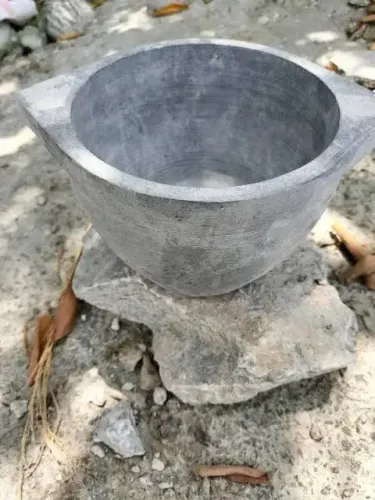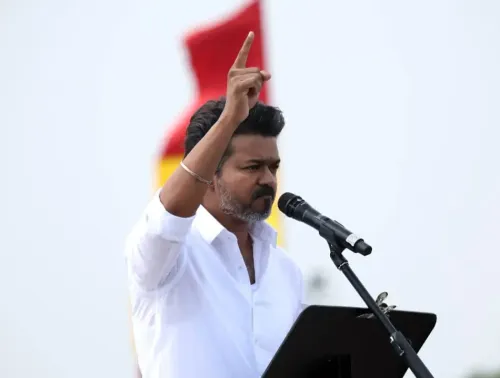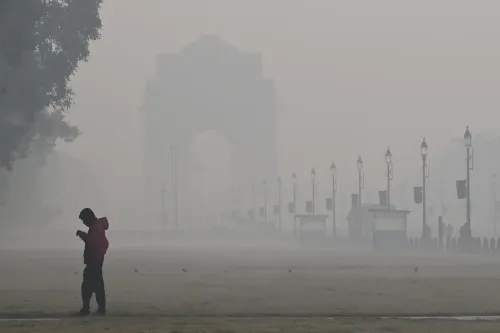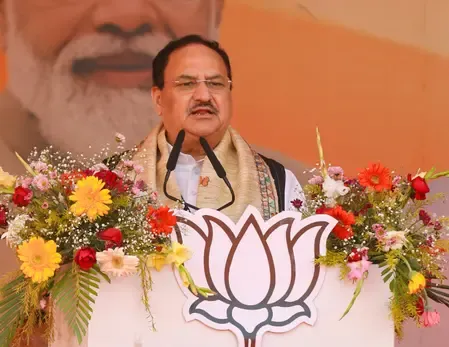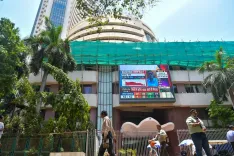How Do May Chhathi Maiya and Lord Surya Fulfill Mothers' Wishes?
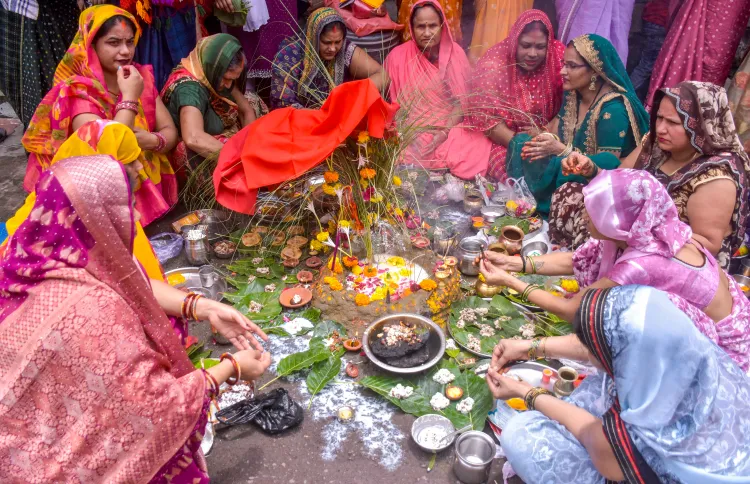
Synopsis
Key Takeaways
- Chhath Puja is dedicated to the Sun God and emphasizes family well-being.
- The festival involves rigorous fasting and purity rituals.
- It is celebrated primarily in Bihar, Jharkhand, and eastern Uttar Pradesh.
- Chhath Puja fosters a strong sense of community and gratitude.
- Devotees express their devotion through various offerings and prayers.
Bhopal, Oct 25 (NationPress) Madhya Pradesh Chief Minister Mohan Yadav expressed his warm wishes to the citizens on the auspicious occasion of 'nahay-khaay', which signifies the commencement of the four-day festival of devotion and faith - Chhath Puja.
In a message shared on the social media platform 'X' on this inaugural day of Chhath Puja, a festival that symbolizes profound commitment and sacrifice for the welfare of children and the prosperity of families, Chief Minister Yadav remarked, "May Chhathi Maiya and Lord Surya grant mothers' wishes, the epitomes of maternal affection, and shower abundant happiness, prosperity, and bounty."
A significant number of residents from Bihar, Jharkhand, and Uttar Pradesh residing in Madhya Pradesh will be partaking in the Chhath Puja celebrations throughout the state, particularly in cities like Bhopal, Indore, Jabalpur, and Gwalior.
The state authorities, together with municipal corporations and urban agencies, have arranged comprehensive provisions for the Chhath Puja, especially at the ghats where devotees will gather to offer their prayers to the Sun God.
On the initial day, devotees, referred to as 'Vratis' (fasting individuals), partake in a sacred bath in rivers or ponds and enjoy a simple, 'sattvic' meal of arwa chawal (plain rice) and lauki ki sabzi (bottle gourd curry) following their prayers.
Chhath Puja, with its origins traced back to Satyuga and Dwapara Yuga, is recognized as one of the most ancient forms of Sun worship. Devotees adhere to rigorous fasting, refraining from food and water for prolonged periods to demonstrate their devotion and seek blessings for prosperity, health, and happiness.
One of the most significant Hindu festivals, Chhath Puja is mainly observed in Bihar, Jharkhand, and eastern Uttar Pradesh. It is also celebrated in various parts of Nepal and among Indian communities globally.
This festival, dedicated to the veneration of the Sun god and his sister Chhathi Maiya, highlights purity, gratitude, and family well-being.
The four-day observance entails elaborate rituals that signify purification, faith, and self-restraint:
Day 1 – Nahay Khaay: The festival commences with devotees taking a holy dip in a river or pond for purification. They gather vegetables and pulses to prepare the initial offerings, reflecting cleanliness and sanctity.
Day 2 – Kharna: On this day, devotees follow a strict fast from sunrise until sunset. They prepare offerings of jaggery, rice, and wheat, breaking their fast in the evening post offerings to the deity. The ‘prasad’ (ritual food offerings) is shared with family, friends, and neighbors to foster community spirit.
Day 3 – Sandhya Arghya: Devotees congregate by water bodies in the evening to offer 'arghya' (prayers and offerings) to the setting Sun. They present fruits, sugarcane, and prasad to express appreciation to the Sun god for sustaining life on Earth.
Day 4 – Usha Arghya: The final day is dedicated to offering prayers to the rising Sun. Devotees conclude their fast after making their offerings, symbolizing renewal and spiritual rebirth. The prasad is distributed among family and community members, marking the culmination of the rituals.
Chhath Puja is observed with simplicity, dedication, and purity. The offerings, including fruits, vegetables, and sweets, symbolize nature's gifts, while the fasting and prayers signify the devotees' commitment to cleanse their body, mind, and soul. The essence of Chhath Puja is gratitude, promoting respect for natural resources and the harmonious relationship between nature and humanity.


